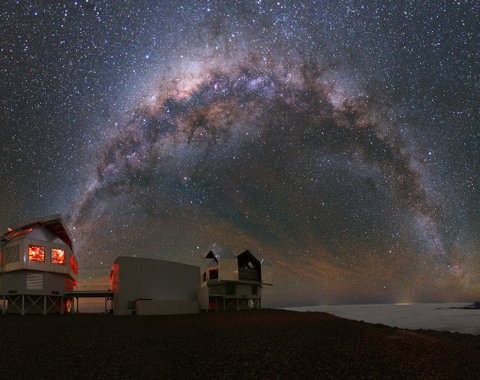2019 Astronomy Lecture Series

Each year the Observatories organizes a series of public lectures on current astronomical topics. These lectures are given by astronomers from the Carnegie Observatories as well as other research institutions. The lectures are geared to the general public and are free.
2019 Season
Monday evenings: March 18, April 1, April 15 and April 29.
AT THE HUNTINGTON LIBRARY, ART COLLECTIONS, AND BOTANICAL GARDENS
1151 Oxford Road, San Marino
All Lectures are in Rothenberg Auditorium. The simulcast room adjacent to the Auditorium will also accommodate overflow attendance. Directions can be found here.
The lectures are free. Because seating is limited, however, reservations are required for each lecture through Eventbrite (links below). Additionally, the lectures will be streamed live through Livestream and simultaneously on our Facebook CarnegieAstro page. For information, please call 626-304-0250.
Doors open at 6:45 p.m. Each Lecture will be preceded by a brief musical performance by students from The Colburn School starting at 7:00 p.m. Lectures start at 7:30 p.m. Light refreshments will be available.
Lecture Schedule
Dr. Alexander Ji
Hubble Fellow, Carnegie Observatories
Astronomers have mapped almost the entire history of our Universe, from the Big Bang to the present day. One last frontier remains, an epoch known as Cosmic Dawn, when the first stars and galaxies are born and change the universe forever. Dr. Ji will take us on a short tour of the early history of our Universe and the current glimpses we have of this era.
Watch recording
Dr. Rosalie McGurk
Fellow in Instrumentation, Carnegie Observatories
All the popular images of galaxies, while beautiful, do not provide the information that astronomers need to measure the galaxies’ inherent properties, like the dynamics and composition of their stars and gases. Using the latest technological advances, Dr. McGurk is building a new, custom-designed instrument for Carnegie Observatories' Magellan Telescopes that will peer into the Universe with extreme detail – making it possible to efficiently make 3D maps of galaxies, nebulae, and more.
Watch recordingDr. Larry Nittler
Staff Scientist, Department of Terrestrial Magnetism
Carnegie Institution for Science
Some meteorites contain rare, tiny grains of dust that formed in the explosions of ancient stars and became part of the gas and dust cloud that formed our Solar System. Dr. Nittler will discuss how he uses microscopic analyses to understand what these “presolar” stellar fossils tell us about the evolution and inner workings of stars, and the chemical history of the matter that became the Sun and planets.
Watch recordingDr. Allison L. Strom
Carnegie Fellow, Carnegie Observatories
Like people, each of the billions of galaxies in the Universe has developed its own unique traits over a complicated lifetime. Until recently, astronomers have only been able to study galaxies closest to the Milky Way in any detail, leaving much of the Universe's history a mystery. Dr. Strom will show how astronomers are now using the world's largest telescopes to determine the chemical DNA of even very distant galaxies, and how this information is answering key questions about how galaxies like our own formed and evolved.
Watch recording